The Okaloosa County Board of County Commissioners on Tuesday declined to take action on the final report of the North Okaloosa Planning Study, choosing instead to delay any decisions on the plan that could reshape development in the county’s northern region.
The study, initiated in March 2024, examined growth management in the 245,000-acre area north of Eglin Air Force Base, encompassing the city of Crestview and rural communities of Holt and Baker.
- It aimed to address three main priorities identified in public input: preserving rural and agricultural character, addressing inadequate infrastructure, and improving transparency in growth management.
George Kramer and Erik Bredfelt of Inspire, the consulting firm that conducted the study, presented key findings to the board. The study revealed a stark contrast between projected population growth and current land use entitlements in North Okaloosa County.
According to Kramer, the area’s population is projected to increase by 7,983 residents by 2050, based on medium projections from the University of Florida’s Bureau of Economic and Business Research. However, current entitlements could allow for a total population of 391,802 in an area currently home to just 40,764 residents.
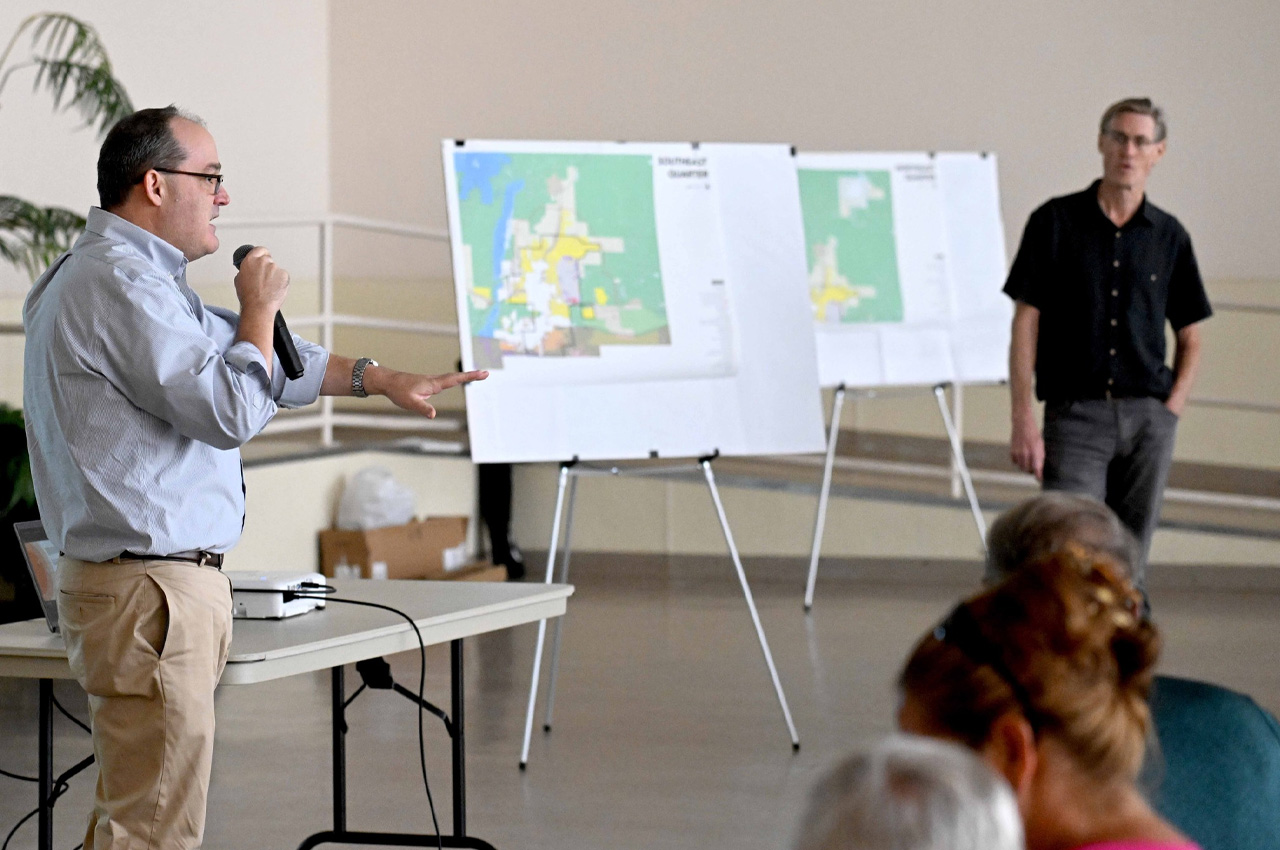
The study’s final recommendations include a revised three-tiered growth management system, phasing out conditional density allowances in agriculture and residential rural land use designations, and revising policies for special area plans in rural communities.
The study’s cornerstone recommendation is a revised three-tiered growth management system, designed to guide future development in North Okaloosa County. George Kramer of Enspire explained the proposed tier structure:
- Tier 1 areas encompass locations with existing central water and sewer infrastructure.
- Tier 2 includes areas where water and sewer infrastructure is planned.
- Tier 3 covers areas with no current plans for water and sewer infrastructure.
The proposed system aims to concentrate development in areas with existing or planned infrastructure while preserving rural character elsewhere. Under this plan, the urban development boundary (Tiers 1 and 2) would have a capacity of 37,813 units, potentially accommodating a population of 102,473. Tier 3 would allow for 13,696 units, with a potential population of 37,115.
Kramer emphasized that the availability of central sewer is the primary driver for the tier designations. “The sewer ends up being the driver of that urban development boundary because it’s central water and sewer, but the water area is so much larger than the sewer that the sewer coverage ends up driving it,” he said.
A key element of the proposed changes involves the phasing out of conditional density allowances. Kramer explained that if the recommendations were adopted, property owners in affected areas would have until April 1, 2026, to submit development applications under current rules.
- “If they were planning to develop, they would have the opportunity to submit an application for development, for a rezoning, or whatever, within that year period,” Kramer said. This provision aims to balance the proposed changes with property owners’ existing development expectations.
The board’s decision to delay action means the proposed changes remain under consideration. In the meantime, current development patterns may continue.

Commissioner Nathan Boyles attempted to move the process forward by proposing a motion to direct staff to work with consultants on developing alternatives for the board to consider. “If we don’t continue this process and ask for those variations to begin to be developed, then we’re not going to get there,” Boyles said.
- Other commissioners expressed reservations about the timeline and the need for more thorough review. Commissioner Trey Goodwin stated, “The darn thing is huge, and the implications are enormous. I’m just not ready to commit myself to that.”
Commissioner Carolyn Ketchel echoed these sentiments, saying, “I don’t want to rush this and make a mistake. There’s a lot of people involved in this.”
The board ultimately agreed only to acknowledge receipt of the report, leaving the next steps uncertain. The original timeline called for presenting recommendations to the Planning Commission on October 29 and returning to the Board of County Commissioners on November 19 for transmittal consideration.
Public comment during the meeting reflected consistent support for the study’s findings and recommendations. Residents expressed concerns about rapid development and its impact on the area’s rural character and public services.
The board’s decision to delay action on the study’s recommendations alters the original timeline for the planning process. Growth Management Director Elliot Kampert indicated that changes to the schedule might necessitate adjustments to the consultant’s contract and budget considerations.
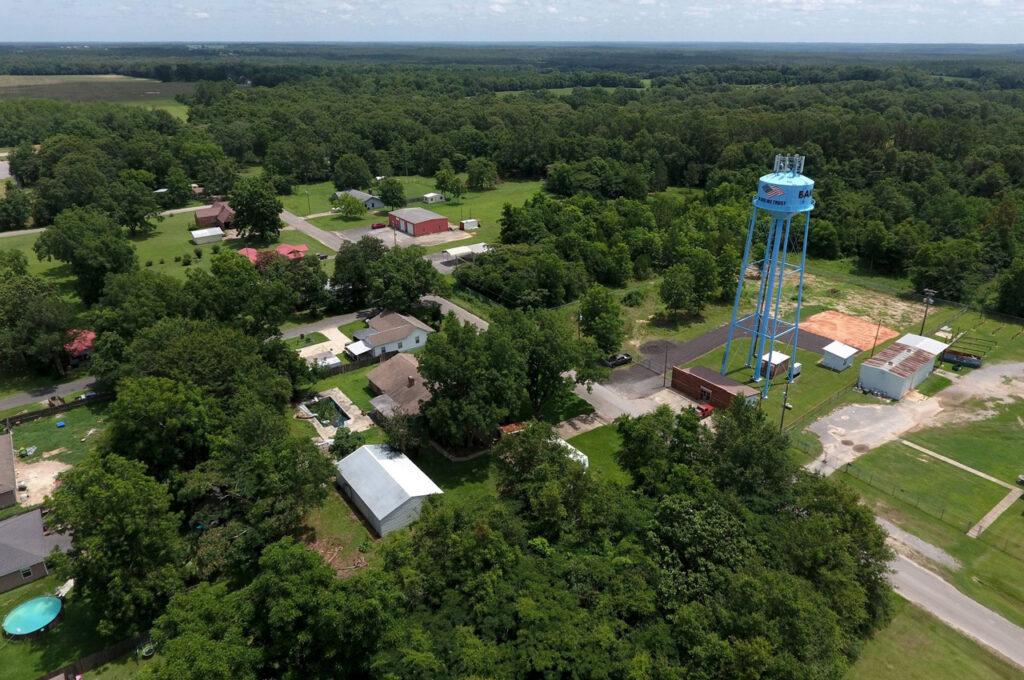
In the interim, the county’s existing development regulations remain in effect. The board has not set a new date for further discussion or action on the North Okaloosa Planning Study recommendations.

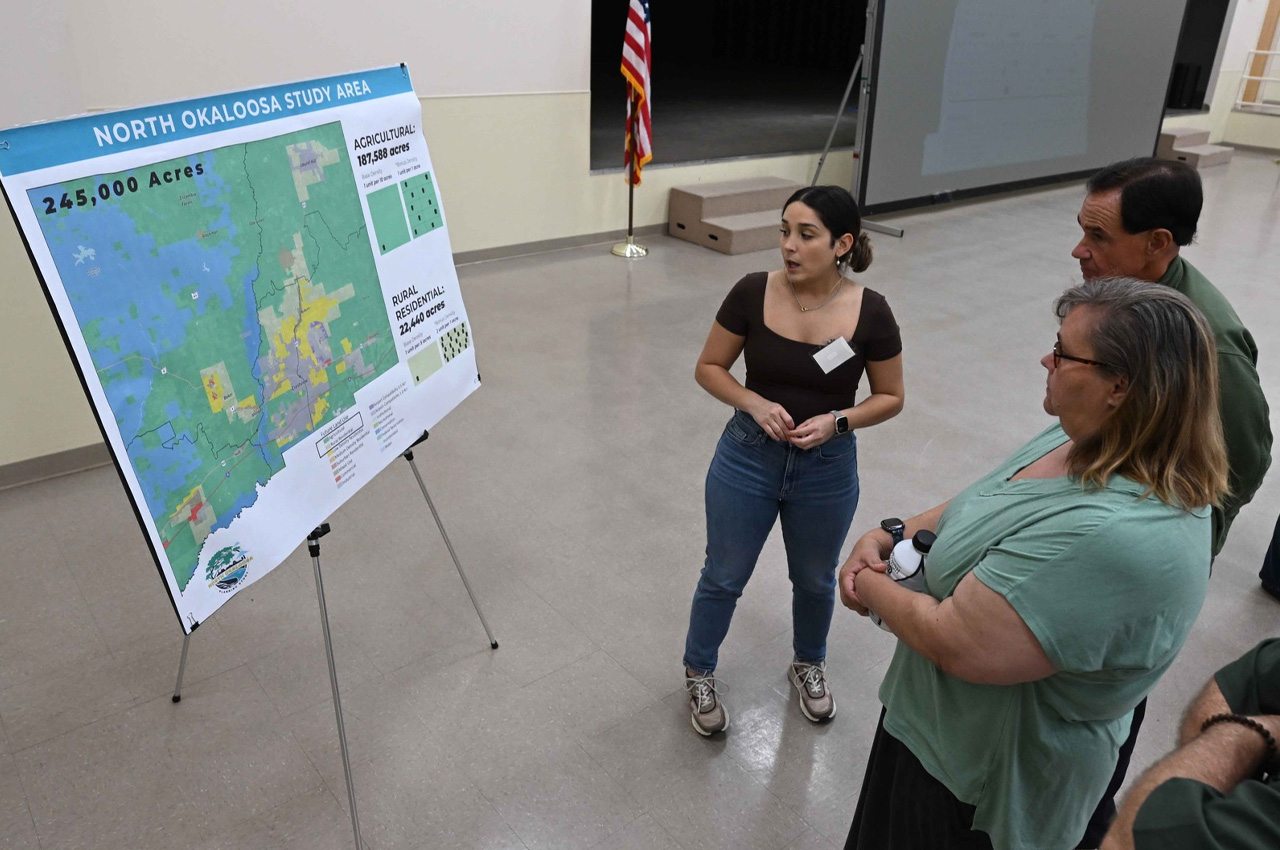
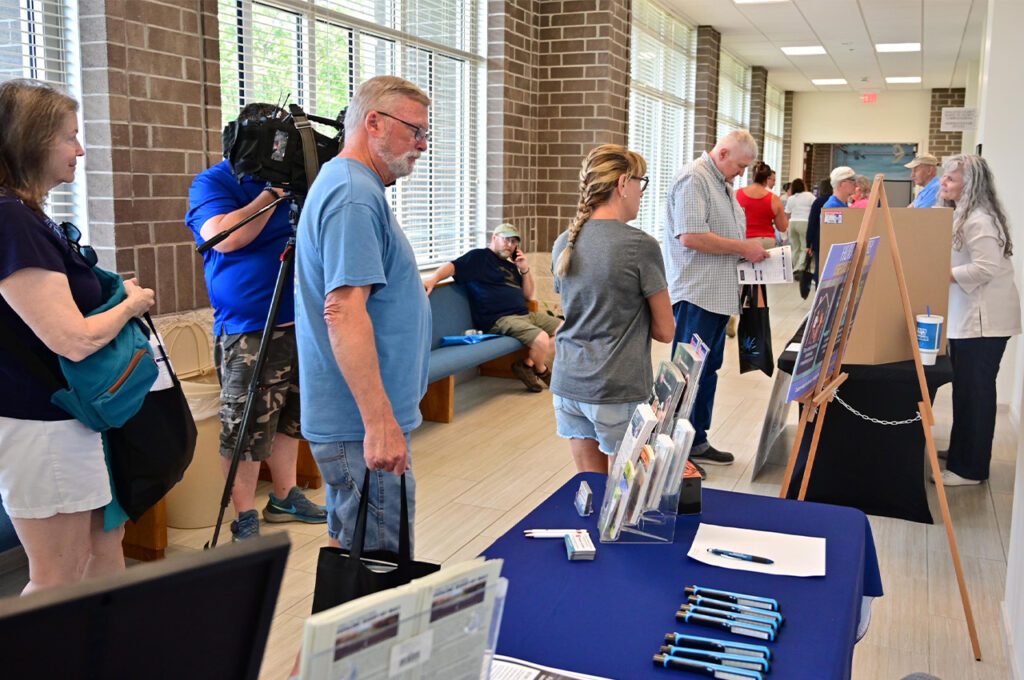
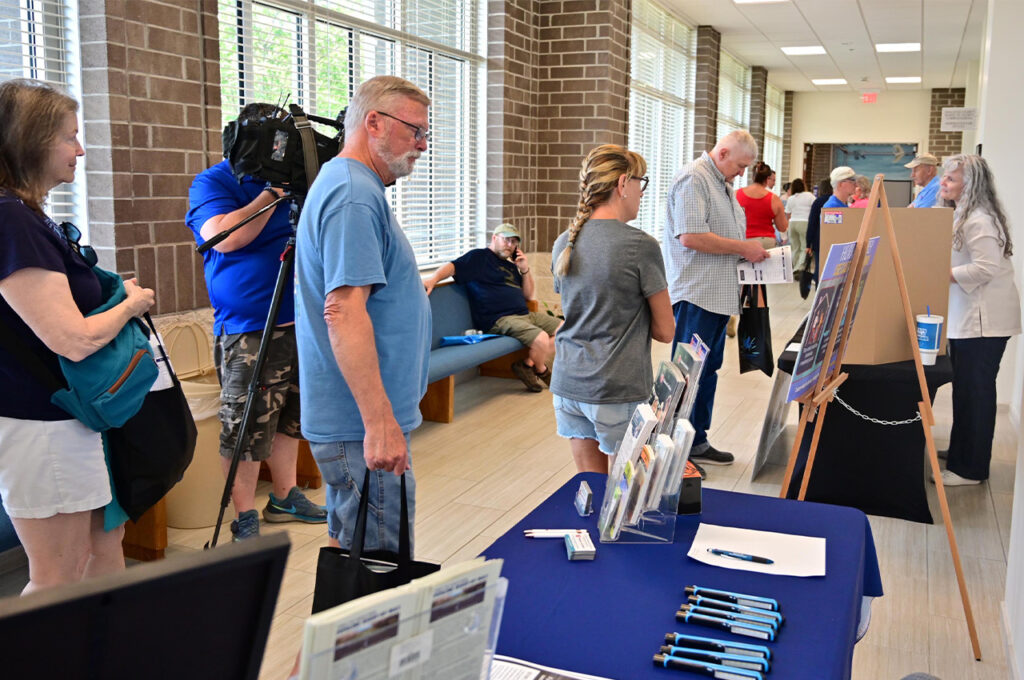
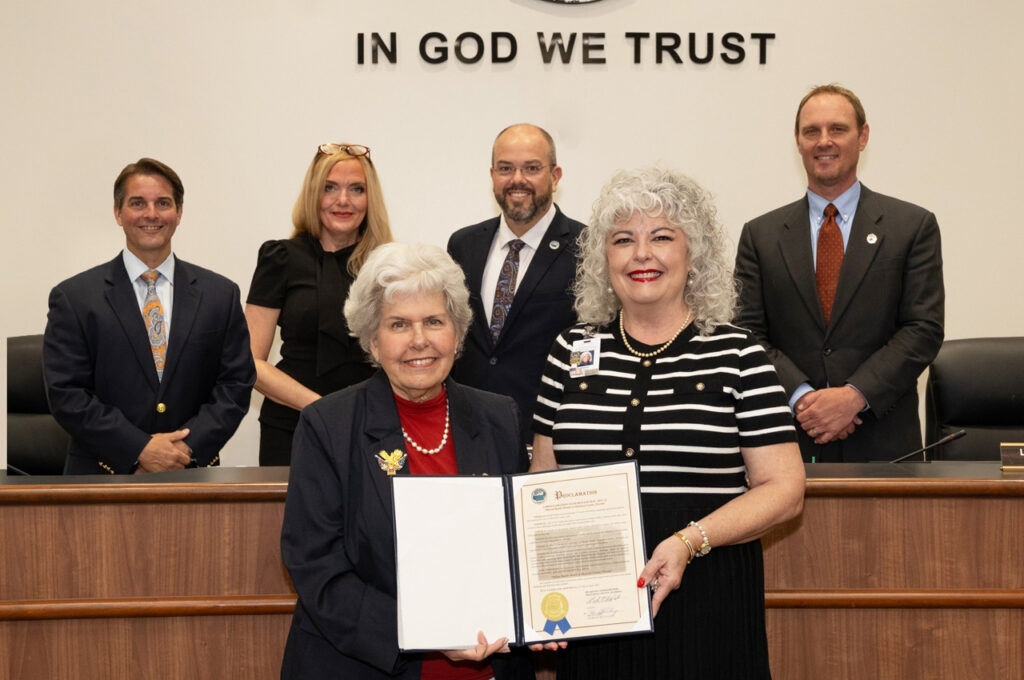
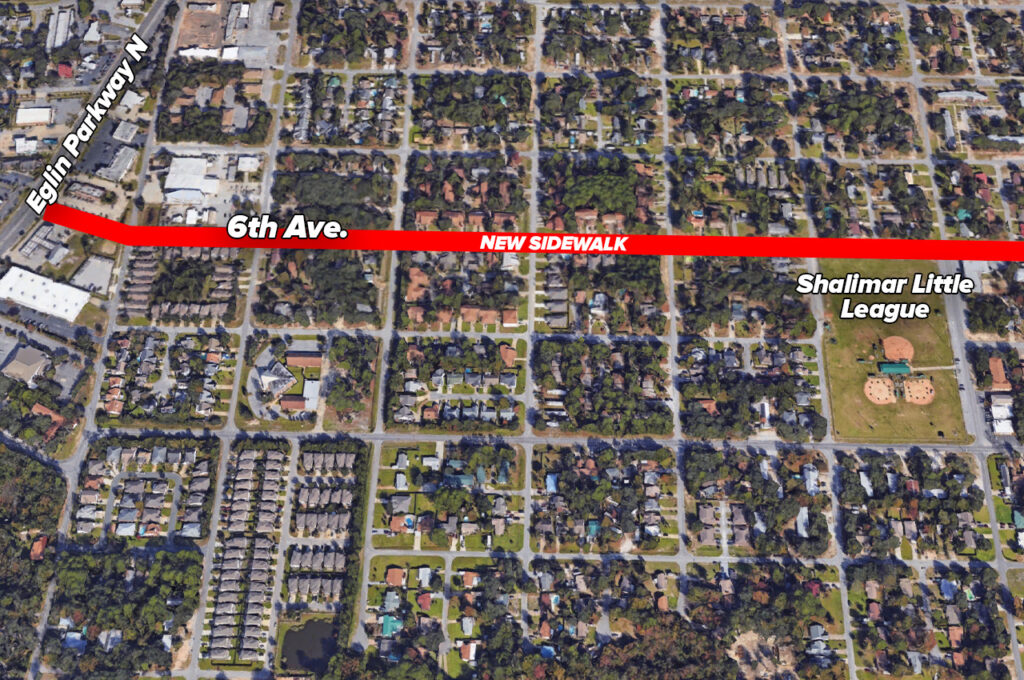
2 Responses
Commissioners seem more concerned with people who want to come in and build, rather than their concern being with the people who must live with the consequences of their actions every day in the future. Builders will pocket the money and be Long gone when the rest of us are suffering with the traffic jams, reduced quality of life and new rules imposed on us because of the increased population. The report reflects the concerns of the residents who live in these regions. I don’t see much willingness at all from commissioners to address those concerns. I saw a big plaque above them in the chambers, implying that they strive for government “By the people and for the people,” but what I observed was they sure don’t act like it. The feeling I got during that hearing was a dismissive attitude, Almost an annoyance that they had to put up with us.
I’ve seen towns grow but never as much as Crestview in the past 2 years. Traffic has gone from moderate to unbearable. Do something commissioners.